Don’t worry – spider plants are not even faintly related to the creepy-crawlies they take their name from. Perhaps the only comparison is that these plants are no-quitters, much like the “itsy bitsy spider.” But we will get to that later.
These tropical beauties generally have slender green leaves that are striped with white. They make tiny spiderettes (spider plant babies) that cascade down the sides. You can take advantage of this by growing them in hanging planters.
You can keep your spider plants indoors or out-on a porch, patio, or deck. Wherever you place them, they will add artistic flair to any space.
But spider plants won’t just sit there being all green and lovely—they also help purify the air.
Spider plants are perfect for amateur gardeners, too. They can tolerate a bit of neglect and water-forgetfulness. Plus, they are the least demanding of house plants.
In this article, you will learn about the types of spider plants you can keep at home. Plus, see how you can plant, propagate, and repot them on your own.
Let’s get started!
What’s a Spider Plant?
The spider plant, also known as the airplane plant, spider ivy, and ribbon plant, is a perennial flowering plant. And if you’re curious, the scientific name of the spider plant is Chlorophytum Comosum.
The plant is native to the tropics. But in recent years, it has become a popular ornamental houseplant. And rightly so.
The plant features clusters of green and white striped leaves. Although you will also spot varieties with plain green leaves now and then.
Once mature, the plant puts forth tiny spider plant flowers. You may even get lucky with a whole cluster of flowers. These are small, white, and short-lived, but delicately beautiful.
Before planting, a lot of people ask, “is spider plant toxic to cats and other pets?” The answer is no. So, discard all worries even if you have a mischievous cat or dog.
Spider Plant Benefits
Spider plants are not just interesting. They come with a few benefits which make them a nice house plant to have.
- These plants are low-maintenance. Bringing them home will let you connect with nature even in the midst of a concrete jungle.
- They are compact, and therefore perfect for apartment-dwellers with no outdoor gardening space.
- Spider plants help purify the air by absorbing carbon monoxide, formaldehyde, and other toxic elements.
- Keep them in your bedroom and they will help you get better sleep at night too.
- These plants are non-toxic, making them safe for children and pets.
Spider Plant Varieties
Growing spider plants doesn’t have to be boring. You can experiment with different cultivars of the plant, most of which are fairly easy to get.
Varieties of this plant come in different colors, leaf shapes, and textures. While some have solid green leaves, others wear leaves that have beautiful curls and twists.
The best part is that they all have the same water and light needs. So you needn’t worry about the upkeep, whether you’re growing a bonnie spider plant or a zebra variety.
Here are some of the most popular varieties of spider plants you can bring home.
Curly Spider Plant
The curly cultivar, also called bonnie, has bright and curly leaves. They tend to be tiny and perfect to grow even in compact spaces.
Bonnie plantlets are also curly like the parent. This variety is a great choice for hanging baskets.
Variegated Spider Plant
This is the most common type of spider plant. The leaves are bright green with a white stripe in the center. Variegated cultivars can grow from 1 to 2 feet long.
Zebra Spider Plant
This is the opposite of the variegated variety. The middle of the leaves is forest green while the outline is pale yellow in color.
Fact: Zebra spider plants are smaller in size, but they tend to grow wider than other varieties.
Solid Green Spider Plant
These varieties are not as common, but you can occasionally spot them in the nurseries.
They look striking and are actually easier to take care of than other varieties. All thanks to this plant’s higher chlorophyll content.
Orchid Spider Plant
Now here’s a spider plant with a fairly exotic look. It has lance-shaped, lush green leaves. The stems and leaf midribs are bright orange, making the plant ornamentally attractive, just like orchids!
In summer, these plants make tiny, green-tinted white flowers.
Hawaiian Spider Plant
Hawaiian cultivars are a fascinating mix of variegated and solid green varieties. They start out with white stripes, but as the plant matures, the blades turn green.
How to Plant a Spider Plant
Now that you know a little about the benefits of growing spider plants and the varieties you can choose from, it’s time to roll up your sleeves and get into action.
Growing these plants is very easy. Being adaptable houseplants, they can survive in less than perfect environments, too.
Follow these simple steps to ace the process.
Step 1 – Choose Your Planter
Your planter should be no more than one-third larger than your plant’s root ball. You can opt for simple ceramic, plastic, or clay planters. Only, make sure they have drainage holes at the bottom.
Tip: Spider plants are perfect for hanging pots. But you can plant them in railing planters, small indoor pots, or outdoor containers.
Step 2 – Pick the Right Soil
Now, get a soil-based, well-draining potting mix for your plants. Make sure it does not contain fluoride, as that can turn the leaf tips reddish brown.
Idea: DIY an organic mixture at home. Use compost, peat, loam, and coarse sand.
Step 3 – Grow the Plant
Fill half of your planter with soil. Then place your plant in it so that the top of the root ball is well covered. This is important if you want to grow a healthy plant.
Step 4 – Water the Plant
Once your plant has been potted, thoroughly water it. Allow the water to drain before you move the planter to its permanent place in the house.
Step 5 – Take Care of Your Plant
Keep your plant in bright, indirect sunlight. Prune the platelets if the mother plant becomes overcrowded. Water your plant moderately, but don’t leave the soil too wet.
Tip: Spider plants grow quickly. You will need to repot them about every other year. Don’t skip this step!
Spider Plant Care
New to the world of spider plants? Well, the good news is that caring for them is a breeze. You don’t have to be an expert gardener, and you certainly don’t have to look after them 24/7.
So, bring out your watering can, your small trowel and pruners, and learn about all the care your plants will need.
Soil
These plants are not very choosy when it comes to soil. When growing outdoors, plant them in a well-draining, aerated potting mix and they will be happy.
If you want to grow them indoors, you can experiment with vermiculite or coco coir.
Light
Spider plants don’t really mind lower light conditions. But they certainly are a lover of bright, indirect sunlight.
Tip: Direct sunlight will scorch the leaves. You don’t want that for your plant, so make sure to change its initial position if it gets too much sun.
Watering
Water your plants well all spring and summer. But that doesn’t mean you should let the soil become soggy — that will cause root rot.
During winter, cut watering back. You can mist your plants occasionally.
Temperature
A comfy temperature for your spider plants would be between 60 to 80°F (15 to 27°C). That also makes them a perfect indoor plant.
If you’re growing them outdoors, make sure the night temperature does not drop below 55°F (13°C). If you live in a colder region, it’s better to grow them indoors.
Fertilizing
In terms of food, these plants are undemanding. Fertilizing them twice a month in spring and summer should be enough.
You can leave them be in fall and winter when the plant growth naturally slows down. Over-fertilization is a big no-no as it will do more harm than good.
Wintering
If you’re growing your plants indoors, good for you. If not, remember they are not a big fan of frost. In other words, if you’re into winter gardening, look for other plants!
You will have to bring them indoors during the cold winter months. Dig them up if need be and overwinter them in smaller pots inside.
Pests and Diseases
For the most part, these plants are pretty hardy. But even the hardiest of plants can have their bad days (or weeks). So, keep them safe from pests like aphids, mealybugs, whiteflies, and spider mites.
Also, keep your plants disease-free. Yellow leaves may be a signal that you are over or underwatering your plant. If the leaves turn brown, check immediately for fluoride toxicity.
Tip: Use natural insecticides like vinegar or neem oil to keep your spider plant pest-free.
How to Propagate Spider Plant
Looking to populate your space with new plants without visiting the nursery? Propagate your spiderettes. This is something any gardener can do.
Spider plant propagation can be done by growing plantlets directly in the soil or letting the roots first grow in water.
Follow the simple steps below.
- Look for the babies dangling from the plant. Clean your knife or clippers with alcohol before you start snipping the plantlets.
- Carefully remove the plant babies by cutting right along their base.
- At this point, you can either plant the spiderette in a water container until the roots form. Or you can proceed to the next step.
- Use a pot with drainage holes at the bottom. Fill it with a good potting mix.
- Plant your tiny plantlet in it and cover the roots with soil. You can also dip the spiderette into a rooting hormone before planting it.
- Water your plantlet roots but do not soak them. Place them in a warm location with indirect sunlight.
Repotting a Spider Plant
Has your spider plant overgrown its pot? Time for repotting it! Don’t worry, the process is fairly easy and will take you no time at all.
Follow these steps below to repot your growing plant.
- First, gently remove the plant from its original pot.
- Then rinse the roots and give them a nice trim.
- Take a larger pot with drainage holes. Fill it midway with potting soil and then place your plant in it.
- Add more soil to the container and tuck it around the roots until they are well-covered.
- Water the plant well and you’re done!
Spider Plant Frequently Asked Questions
Spider plants are not fussy or proud. That means you shouldn’t have too much trouble growing or even propagating them.
But if you still find yourself stuck somewhere, the following answers may come in handy. Take a look.
Is spider plant for indoors or outdoors?
Spider plant is mostly grown as a houseplant. But you can also use it to greenify your outdoors. Only, make sure you keep it out of direct sunlight. Also, if your winters are frosty, you will have to bring the plant indoors.
Should I cut the babies off my spider plant?
Yes, please. Removing the spiderettes from your mother plant will help keep it healthy. Pruning will also make your plant look smarter. But don’t throw away the spiderettes—use them for propagation. It’s a win-win!
What are the benefits of a spider plant?
Despite their creepy-crawly name, spider plants are a beauty to behold. But beauty is the least of their benefits. They help purify the air in your home by adsorbing toxins. Plus, these plants are non-toxic, making them safe for pets and children.
The Itsy Bitsy Spider…
Remember the nursery rhyme that taught perseverance and determination? Well, in a way, your spider plant is the same.
It may look like a fragile plant. A little bit of rain may upset its leaves. Too much sun will perhaps burn them. But your itsy bitsy spider plant is stronger than you know.
Indoors or out, it’s a cute plant to have. Also, if your water-forgetfulness gets the better of you, don’t worry. Your spider plants will survive for at least a few weeks.
Place it on a table for an eye-catching display. Or grow your cascading plant in a hanging basket. And whenever you look at it, try to recall the story of perseverance. It will make even the rough days appear better.
Let us know if you’ve started growing and propagating your very own spider plant. And if you have any questions, no matter how creepy or crawly, ask us in the comments section below.
Haven’t started yet? Well, what are you waiting for? Get your own spider plant and begin your itsy bitsy gardening journey!

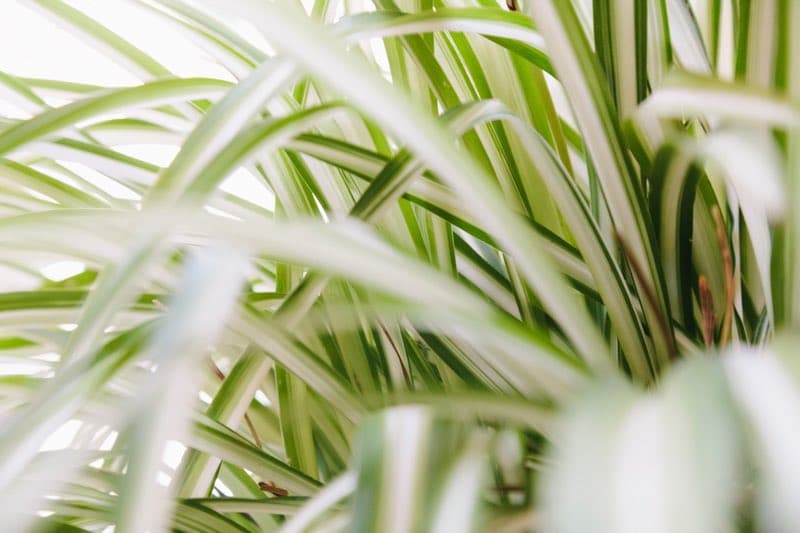
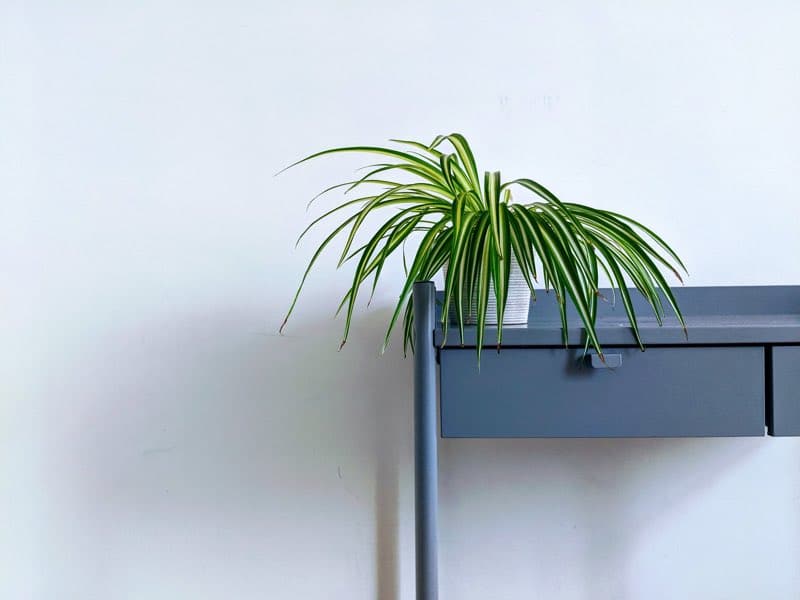
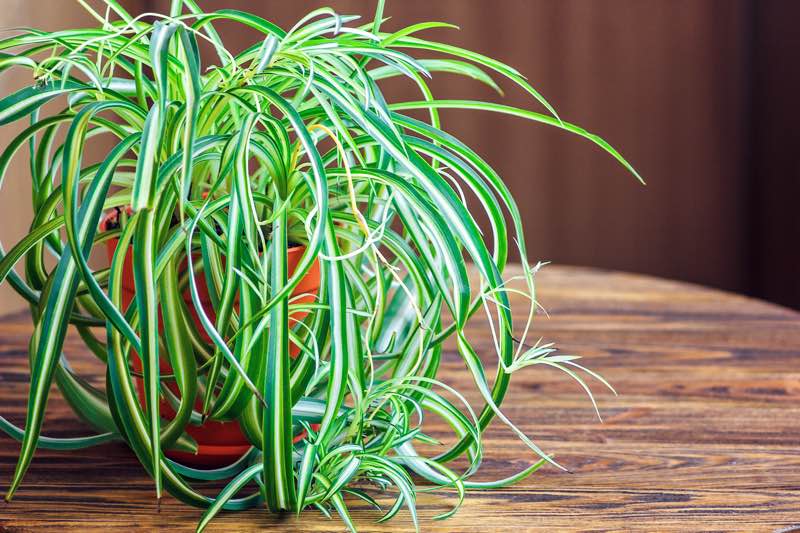
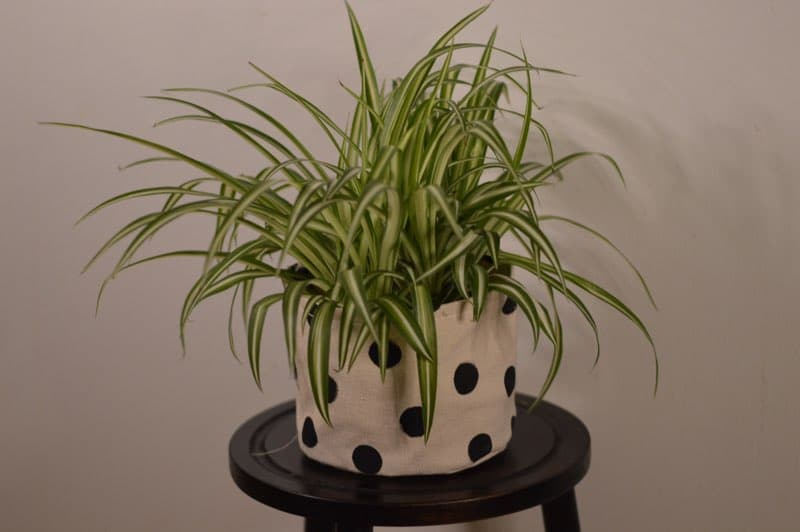
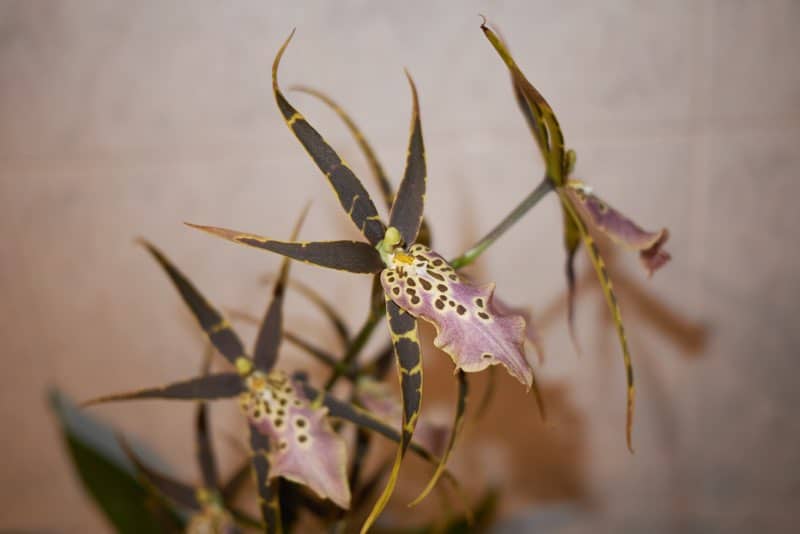
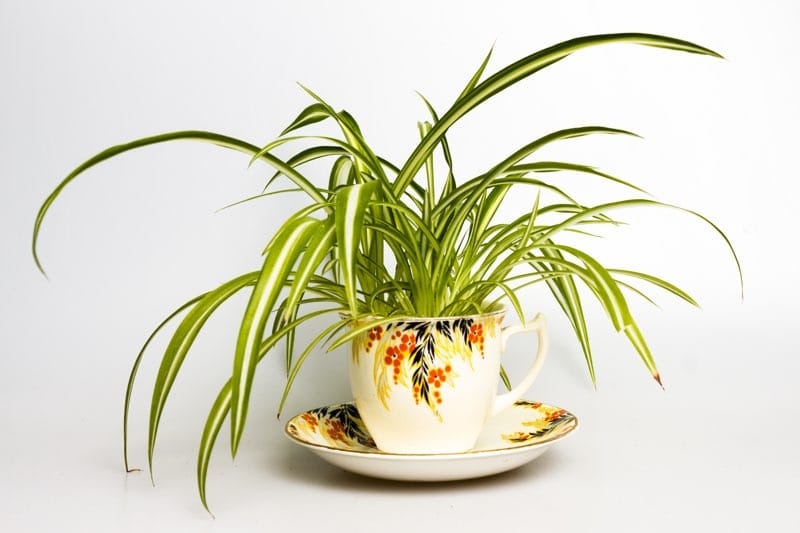
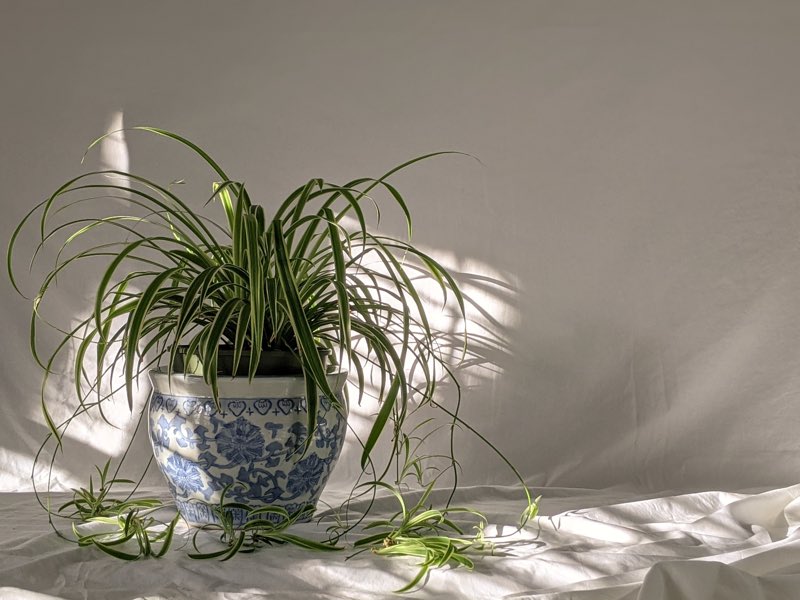
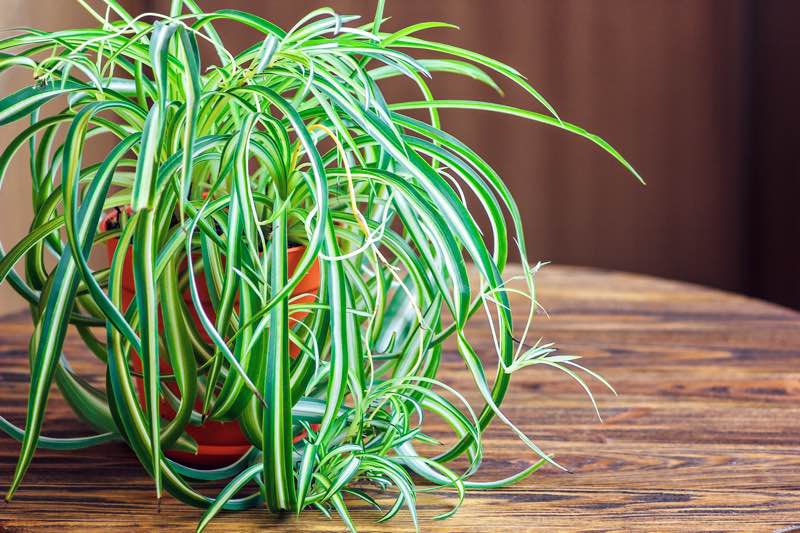
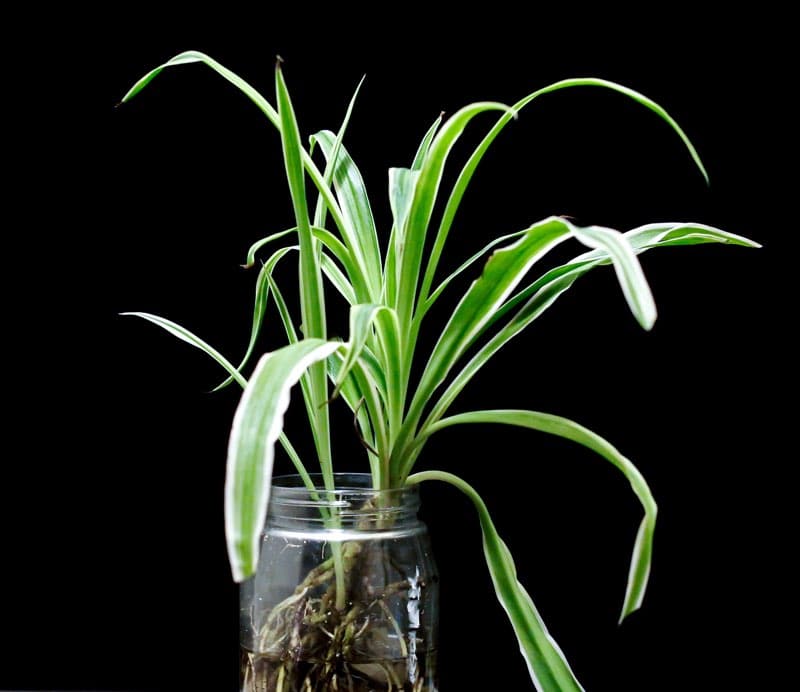
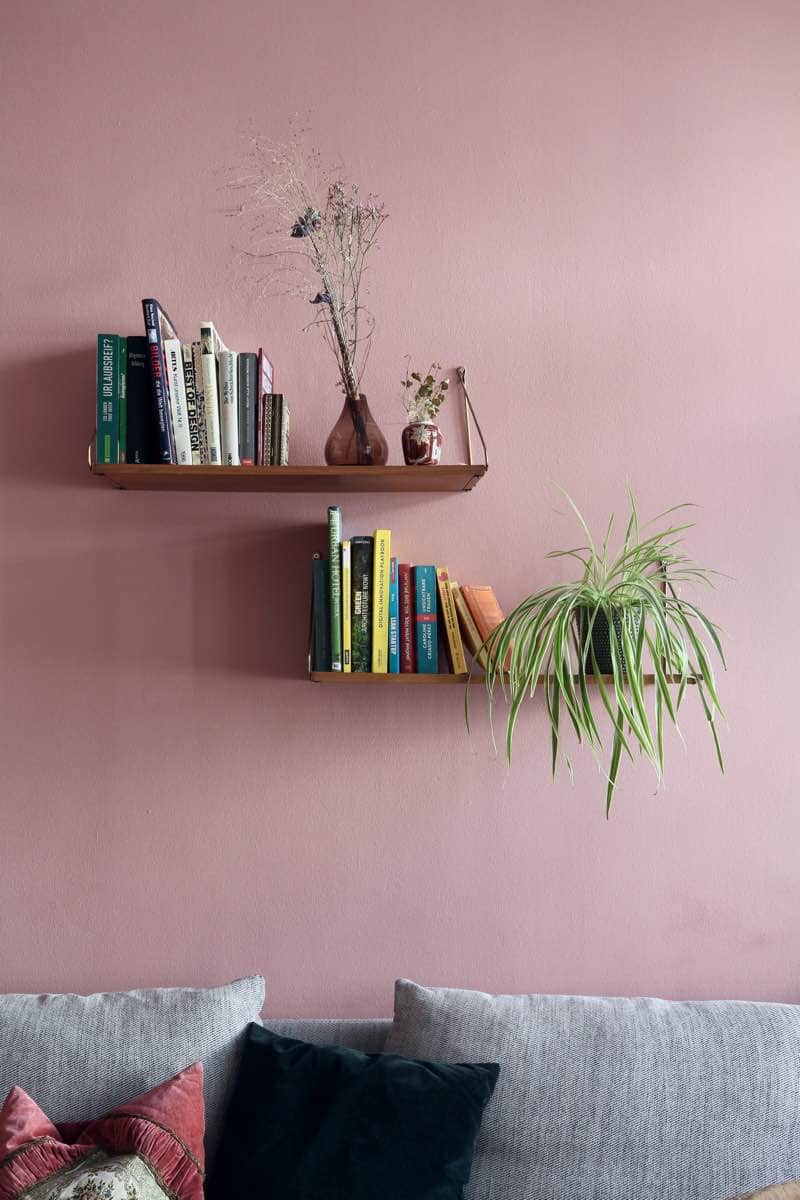
Hello my spider plants have flourished and overwhelmed me, may babies have been given away and the two I have left are doing well. They are both growing very large now and I want to know. How many times should I pot on as the largest pot I have one in is 8 inches x 8 inches and now there are roots growing out the bottom again! Will it harm the plant if I leave it in this pot it has been there for two years now. It is in my bedroom and loving it there? So when can I stop potting on???? Help!
Firstly, well done with being such a great spider plant parent! For some reason, the spider plant is one of the indoor plants that I do really struggle with. I think the plant will be happy enough to be kept in the same pot, they don’t mind being root-bound too much. Keep it in the pot and hopefully, it will settle 🙂